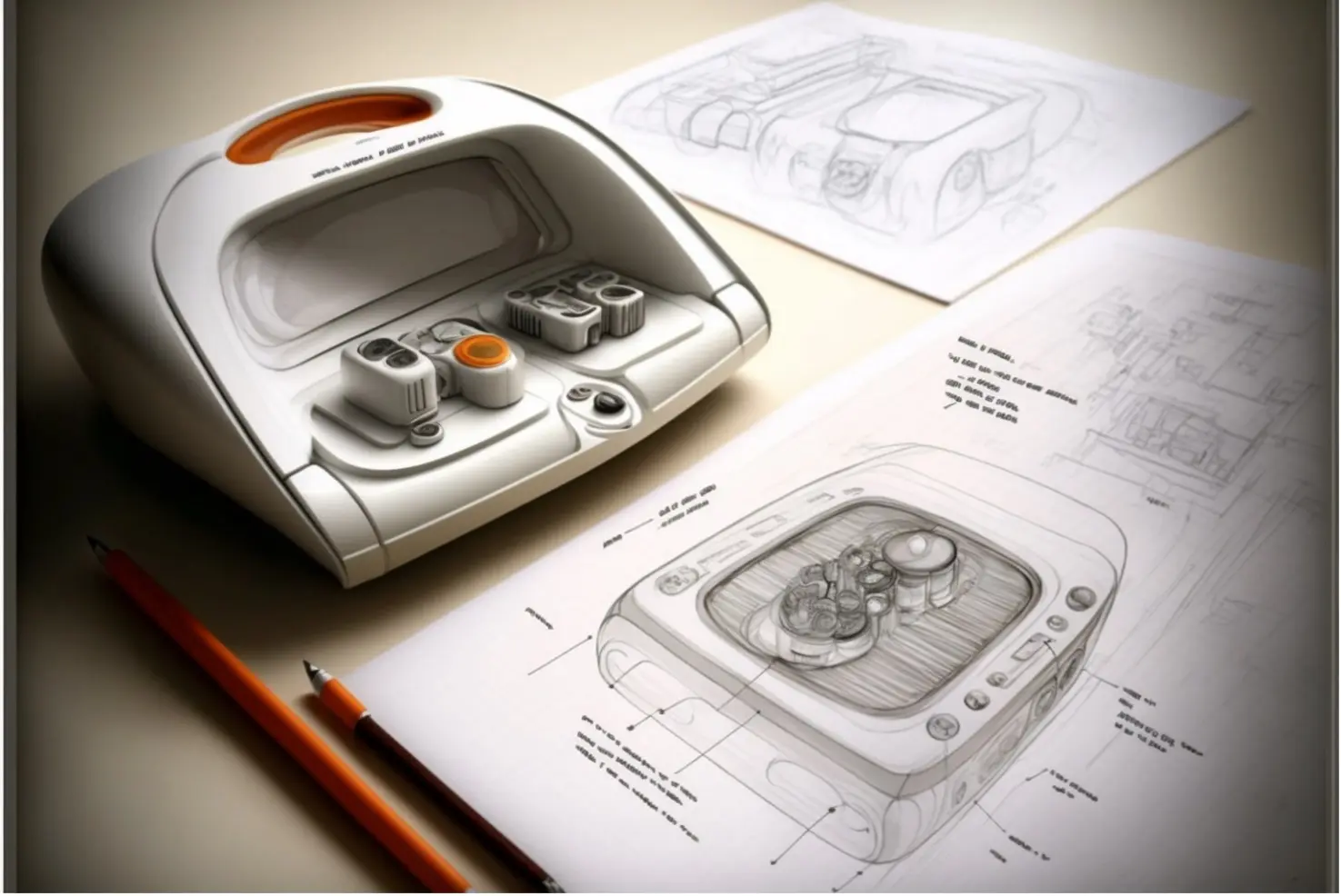
What happens behind design processes ?
The starting point of the design process is to design a product that meets all the customer’s needs and desires. Desig work requires cooperation between the entire organisation.
You certainly haven’t missed articles about “design thinking” and the “double diamond model” with nicely visualized process models. The processes and principles in business development are clear and generally accepted. But what happens inside the processes? How can the customer needs and design drivers be turned into concrete products?
Starting point and goal
The goal is – or should be – designing a product that meets all the customer’s needs and desires. A product the user falls in love with and could not live without. Theoretically possible, but very challenging in practice. We often stumble at the first step, that is, we don’t know or don’t want to find out what the user really needs. Maybe the vision is so strong that we don’t want to change it, even if it doesn’t perfectly hit the target. That’s why early testing of concepts with users is important to get all the necessary feedback as early as possible.
Ideation
Once a clear understanding of the user and the usage situation has been obtained, it is time to create solutions. In some cases, strong history and experience can be relied upon. Experience is useful, but you must avoid locking yourself in “this is how it’s always been done” -principle.
Choosing between options
There are almost certainly several options for solutions, but some of them are too expensive and some involve some risk or challenge. Do you choose injection molding as the manufacturing method, even though the molds are expensive, or do you go with 3D printing first? Which materials meet the required environmental conditions? What are the suitable connectors? Is a touch screen necessary or is the user interface managed with a few buttons? What is the usage situation – does the user sometimes have gloves on or does it only work indoors? Does the user have sufficient knowledge and training, or should the solutions be simplified and better instructed?
During the design and development process, choices are made based on a wide variety of criteria. Money, usability, manufacturability, durability, recognizability, safety, and other similar things all must be considered and evaluated.
God is in details
Even after the big decisions have been made, we must wrestle with the details. How can the electronics fit inside the case? Will there be problems with heating? Is the selected sealing method good enough? Will there be problems with production? Is there space for all the necessary logos and markings? Is the product easy to maintain and has expansion needs been considered? Does the solution fit into the company’s product portfolio? Is it easy to use? Will the product sell enough? Does the result sufficiently resemble the initially chosen concept?
During the development process, it’s too common to make bad compromises or get off track. Some difficult-to-solve details that would require changes in concept might lead you astray. You must be careful in these situations. It is important to take care that you don’t lose the ideas that you initially fell in love within the concept phase.
Let’s be careful out there
It is easy to add new features to user interfaces and digital services during design. Adding software code does not require any changes to electronics or mechanics. Sometimes additions are good, but sometimes they create unnecessary complexity and reduce usability. In these situations, it is always necessary to go back to the beginning and compare the results against the requirements.
And finally – good design
Designers are needed throughout the journey. After the initial phase, their role is to ensure the realization of a good design. Development work is always a collaboration. Designing is not done in the design department, but together with the entire organization.